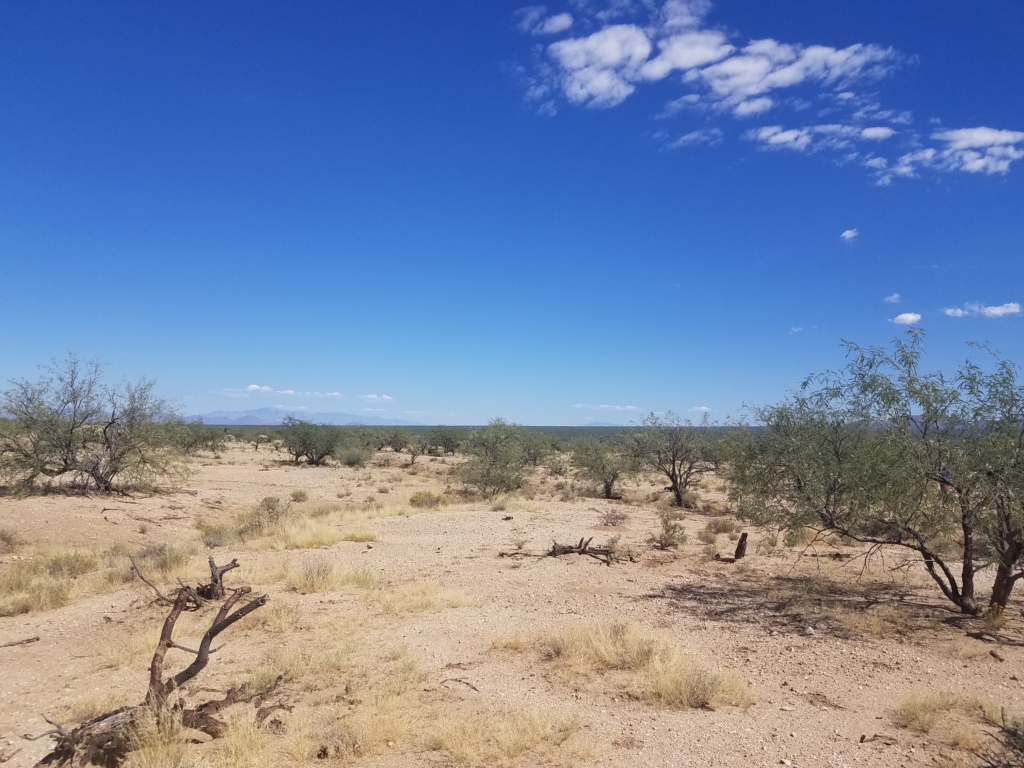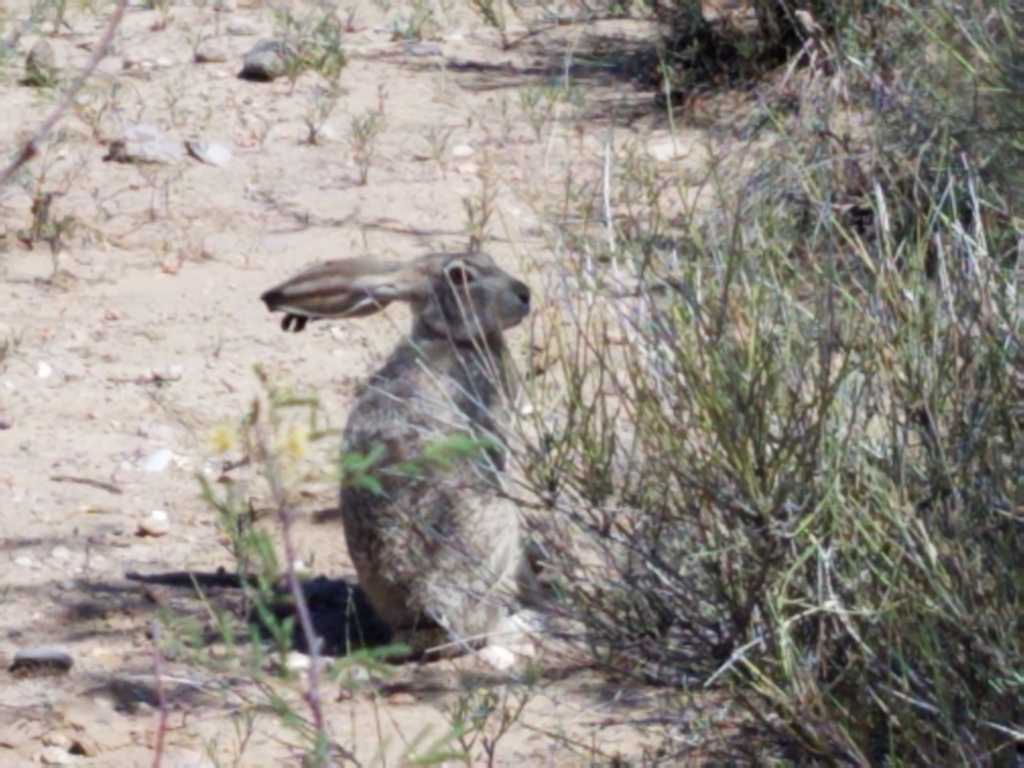
I heard it all the time in my classes: “You need to take a GIS course; it is extremely important within our field!” Thus, in fall 2018 I chose to take that to heart and took an introductory GIS course (RNR 417), short for “geographic information systems.” GIS, as it was defined, is a collection of hardware and software used for the input, storage, analysis, and display of geographic features and information. In other words, not only do features of interest, represented by points, lines, and polygons, have positional data (ex. coordinates) associated with them, but they also display relevant information of interest (known as attributes). An example might be a polygon representing a body of soil; attributes could be soil type, moisture, bulk density, and anything else describing its properties. Such data is critical to know because it is not possible to work with a natural resource, including wildlife, without knowing its location or what factors might affect management decisions.

The students had the privilege of working with the GIS software, ArcGIS, in lab. Our final project of the semester was creating several maps displaying suitable habitat for a newly engineered fictional species. We then put together a PowerPoint to demonstrate how we made the maps showing high quality areas. The idea was to make everything graphic-heavy with as little text as possible. Attached below is my presentation.